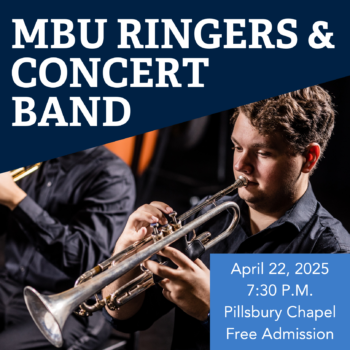Hearing Disability
The cause of hearing loss varies, and degrees range from hard of hearing to total deafness. Most people with hearing loss have some degree of residual hearing. Communication is the greatest challenge for students with hearing impairments. A common communication method is speech reading (lip-reading) while others communicate by using American Sign Language (ASL). Hearing impairments are unique to the individual; therefore, each person must figure out the best communication techniques for him/herself.
Visual Disability
Visual impairment is loss of vision. In the educational context partially sighted, low vision, legally blind, and blind describe visually impaired students. A legally blind person may have some sight and be able to move about their environment with a few problems or they may have problems with reading printed material. A person is considered visually impaired when corrected vision is not better than 20/70.
Speech Impairments
Speech impaired means a communication disorder. Speech impairments range from problems with articulation to aphonia (non-vocal). According to the American Speech-Language-Hearing Association, a speech disorder is “impairment of voice, articulation of speech sounds and/or fluency. These impairments are observed in the transmission and use of the oral symbol system.” Common difficulties include voice disorders, aphasia, stuttering, and dysphonia. Most students with speech impairments in college have received some type of speech therapy. The speech impairment can be aggravated by anxiety, and students with speech impairments are reluctant to participate in activities requiring speaking.
Possible Accommodations for Hearing/Visual/Speech Disabilities:
- Notetaker
- Interpreter
- Closed captioning, transcripts, or outlines where audio materials are used Extended time on exams/quizzes
- Scribe
- Hearing assistive devices
- Testing in a quiet, distraction-free environment
- Enlargement of notes, syllabi, and other academic documents Alternative format for textbooks (e-texts)
Mobility and Dexterity Impairments
Several conditions limit mobility and dexterity. Common conditions include partial or total paralysis, amputation, spinal cord injuries, arthritis, muscular dystrophy, cerebral palsy, multiple sclerosis, or injuries to appendages/extremities. While the degree of the impairment varies from individual to individual, students with mobility and dexterity disabilities may have difficulty getting to and from class, performing in class, and managing assignments and tests. Physical access is often a concern as many students may use wheelchairs, walkers, braces, crutches, canes, or prostheses that are often obstructed by physical barriers. Accommodations vary from one individual to the next.
Possible Accommodations Include:
- Proctor/scribe
- Reasonable modification of the classroom setting (i.e. tables, chairs, podiums) Notetaker
- Extended time on exams/quizzes
- Audio recording
Psychological Impairments
A student with psychological impairments may have an emotional, psychological, or mental illness. One of the most common psychological impairments among students is depression. A depressed individual may appear apathetic, disinterested, unresponsive, irritable, fatigued, or have impaired concentration. While many students with a psychological disorder may not need accommodations, some require modifications not to manage their academic career.

